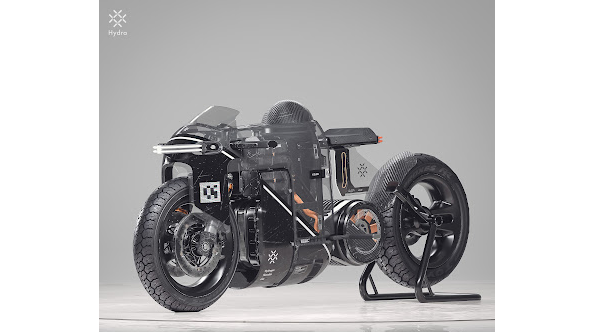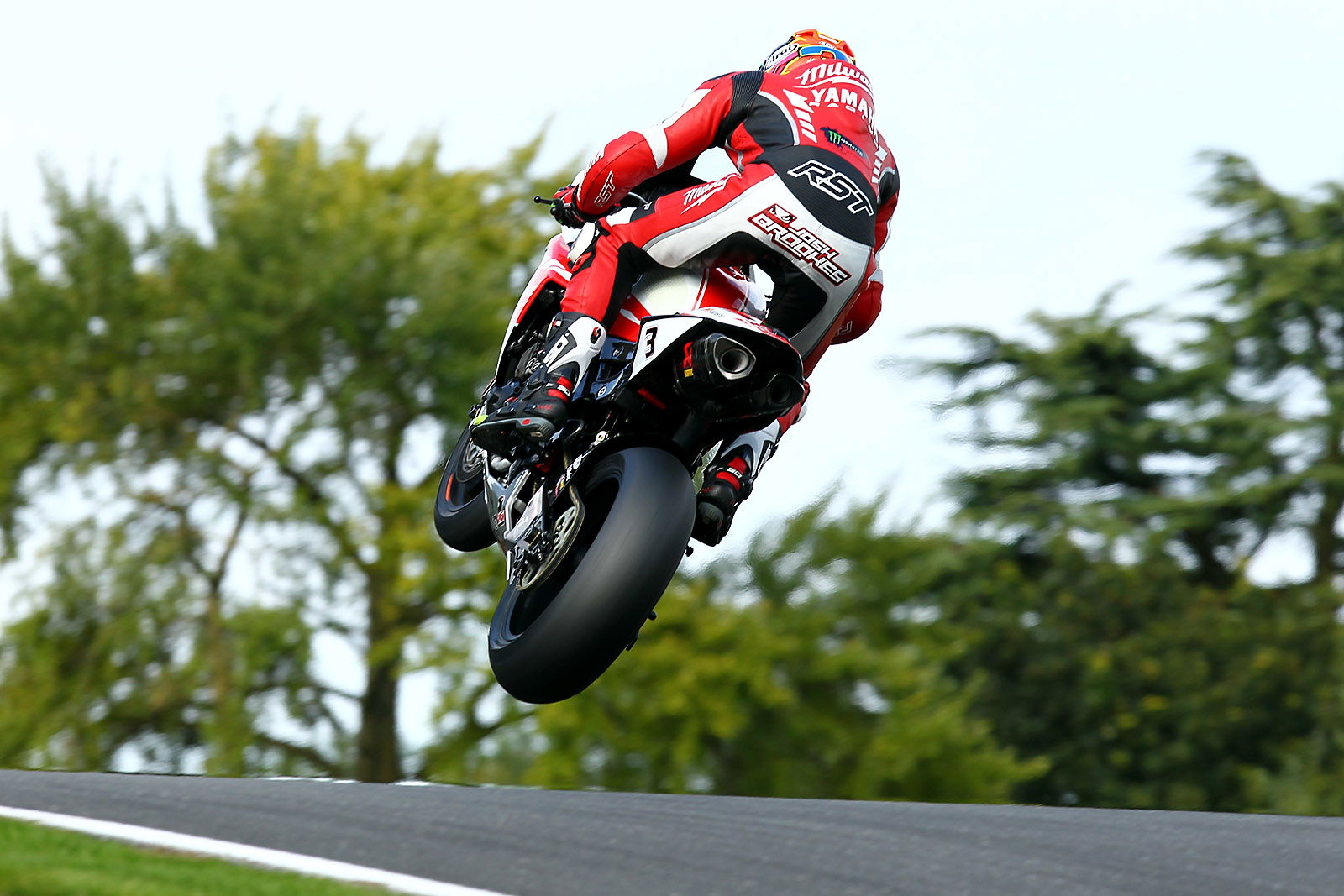Austrian Grand Prix: The origin of MotoGP's European revolution
The 2022 MotoGP World Championship heads to Austria this weekend. Back in 2016, the Red Bull Ring was the start of a Grand Prix revolution.

MotoGP has undergone a major shift over the last six years. This weekend, the championship returns to the epicentre of that shift in the Austrian Grand Prix.
This weekend, the MotoGP World Championship heads to the Red Bull Ring in Austria, scene of some memorable races since its return to the Grand Prix calendar in 2016.

Last year, for example, saw the memorable victory of Brad Binder, who won the Austrian Grand with slick tyres in the rain. A week before, Jorge Martin took his first premier class GP win.
A unique feature of the Red Bull Ring is its history of winners. Every single MotoGP race there since 2016 has been won by a European bike.

It started with Andrea Iannone in 2016. It was his first - and remains his only - MotoGP class victory. For his factory of the time, Ducati, it was their first win in six years, and the first win with Gigi Dall’Igna as the lead engineer on the Desmosedici.
A year later and Andrea Dovizioso won the first of his two mythical battles with Marc Marquez. The second came in 2019, and they were interspersed with Jorge Lorenzo’s own epic versus Marquez. Then came the first of the Covid years in 2020. Dovizioso won again in the first race, but the second was taken by KTM’s Miguel Oliveira, and then we come back to 2021 and the victories of Martin and Binder.
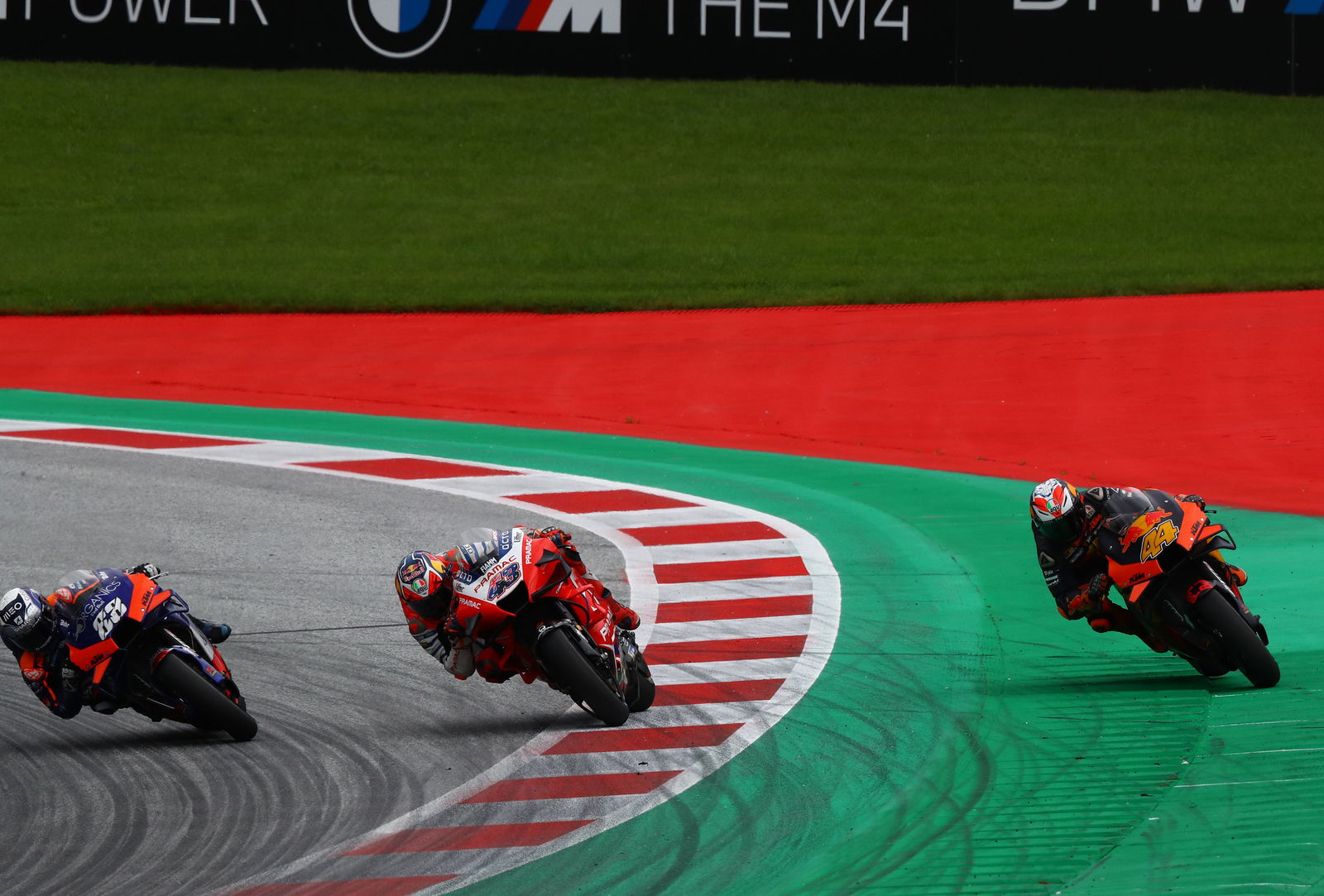
Those victories - all of them, from Iannone to Binder - are a part of the change that has occurred in MotoGP since 2016.
That change is in the location of the dominant manufacturers.
Marc Marquez won every championship from 2013 to 2019, Joan Mir won in 2020, and Fabio Quartararo in 2021. Their manufacturers were of course all Japanese: Honda for Marquez, Suzuki for Mir, and Yamaha for Quartararo. Yet, since 2016, none of those titles were won with the best motorcycle.
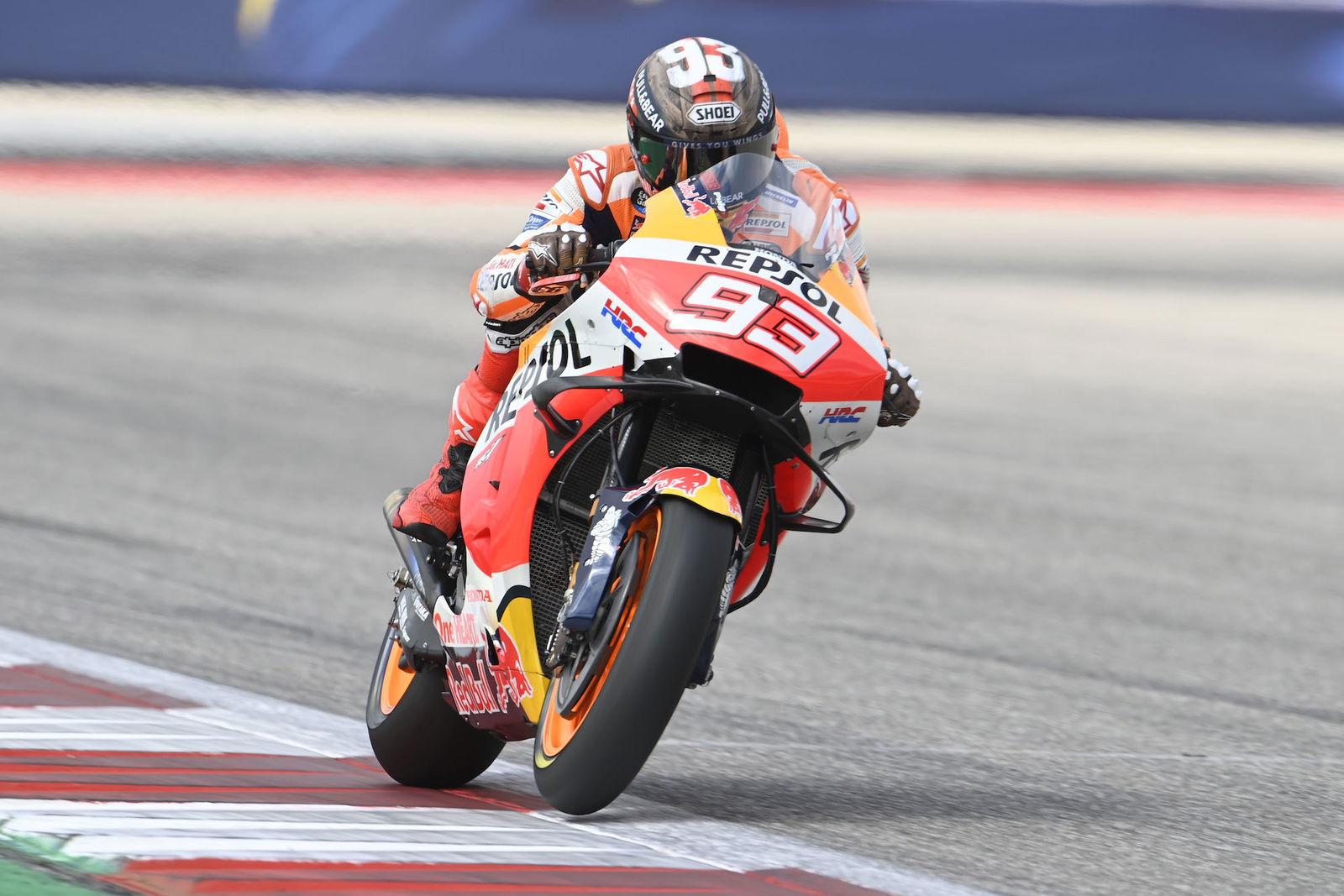
Marc Marquez is a unique talent, such that he was able to win titles between 2016 and 2019 on a motorcycle that not a single other rider was able to win with on a consistent basis.
Fabio Quartararo is displaying a similar characteristic, leading the Riders’ World Championship despite the inability of his fellow Yamaha riders to crack the top 10.
Finally, Joan Mir won his title through being better than everyone else at maximising his points at every race. He won only one race in 2020, but he was a better manager of his emotions and of the championship situation than everyone else two years ago.
![Joan Mir, 2022 Jerez IRTA MotoGP test. [credit: www.suzuki-racing.com].](https://cdn.visordown.com/field/image/mgp2022jerez-testjoan-mir4.jpg?width=1600)
But, in none of those cases was the motorcycle beneath the winning rider the most important factor in their success.
That is because the European manufacturers have taken over from the Japanese manufacturers as the leading factories in MotoGP. As well as Ducati, both Aprilia and KTM have become superior operations in MotoGP than Suzuki, Honda and Yamaha.
It is clear to see in the results. Let’s just look at the most recent Grand Prix at Silverstone. The top non-Italian bike was Miguel Oliveira in sixth, and the top non-European bike was Alex Rins in seventh on the Suzuki, while Fabio Quartararo was the top Yamaha in eighth, and Takaaki Nakagami the top Honda in 13th. Eight of the top 10 in Silverstone were European bikes, and 10 of the top 12. Of course, it helps when Ducati have eight bikes themselves, but they still have to be at a good enough level to dominate the top positions.
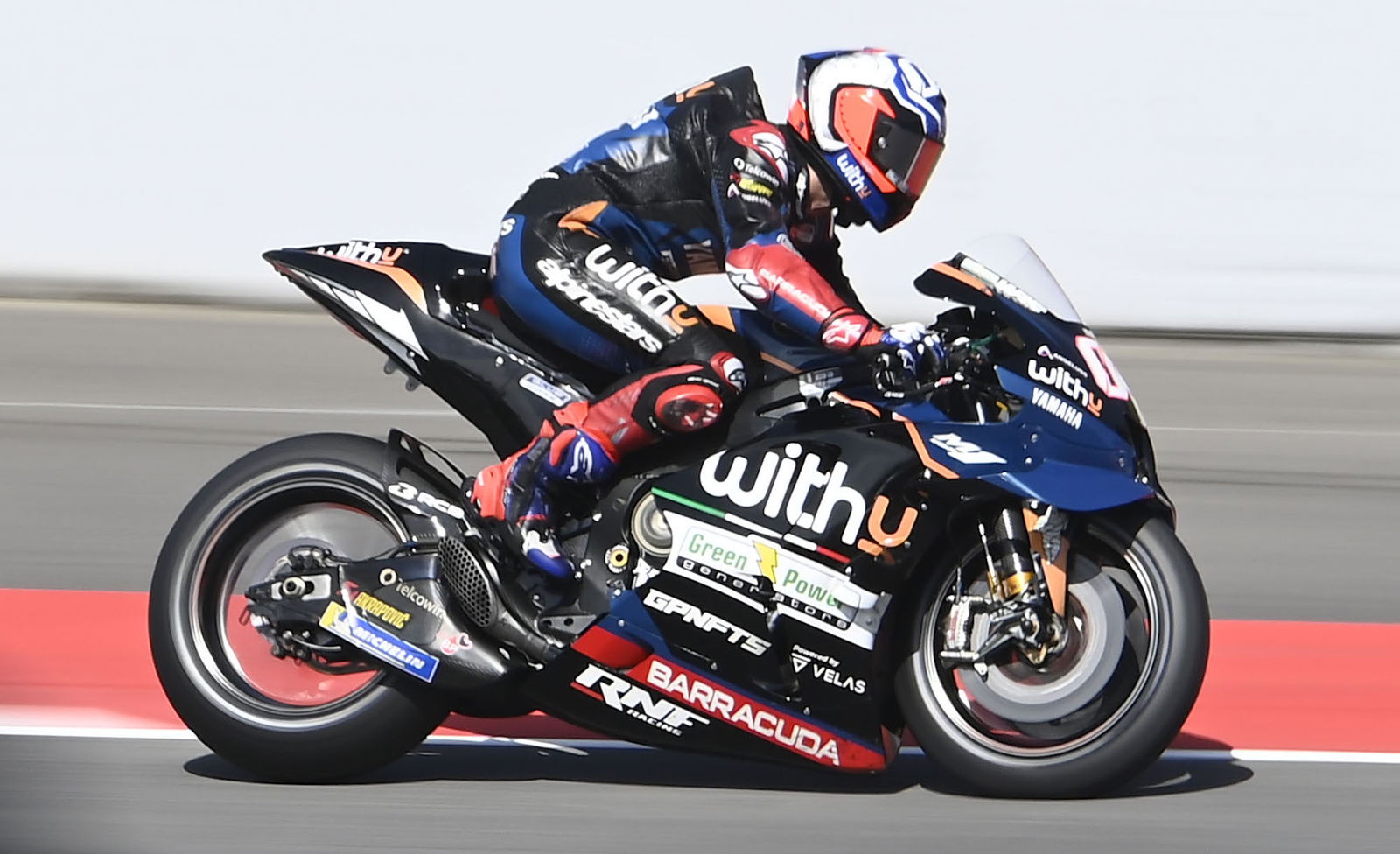
Andrea Dovizioso, now riding for WithU RNF Yamaha, is convinced the reason is deeper than simply a coincidental timing of the European factories’ respective rises.
“I think in the last five or six years this change started,” Dovizioso said. “It’s clear. The structure of the European manufacturers is completely different from the Japanese, and how much the Europeans are pushing, and how many risks the Europeans are taking- it’s completely different from the Japanese, and that changed completely MotoGP, that’s clear.”
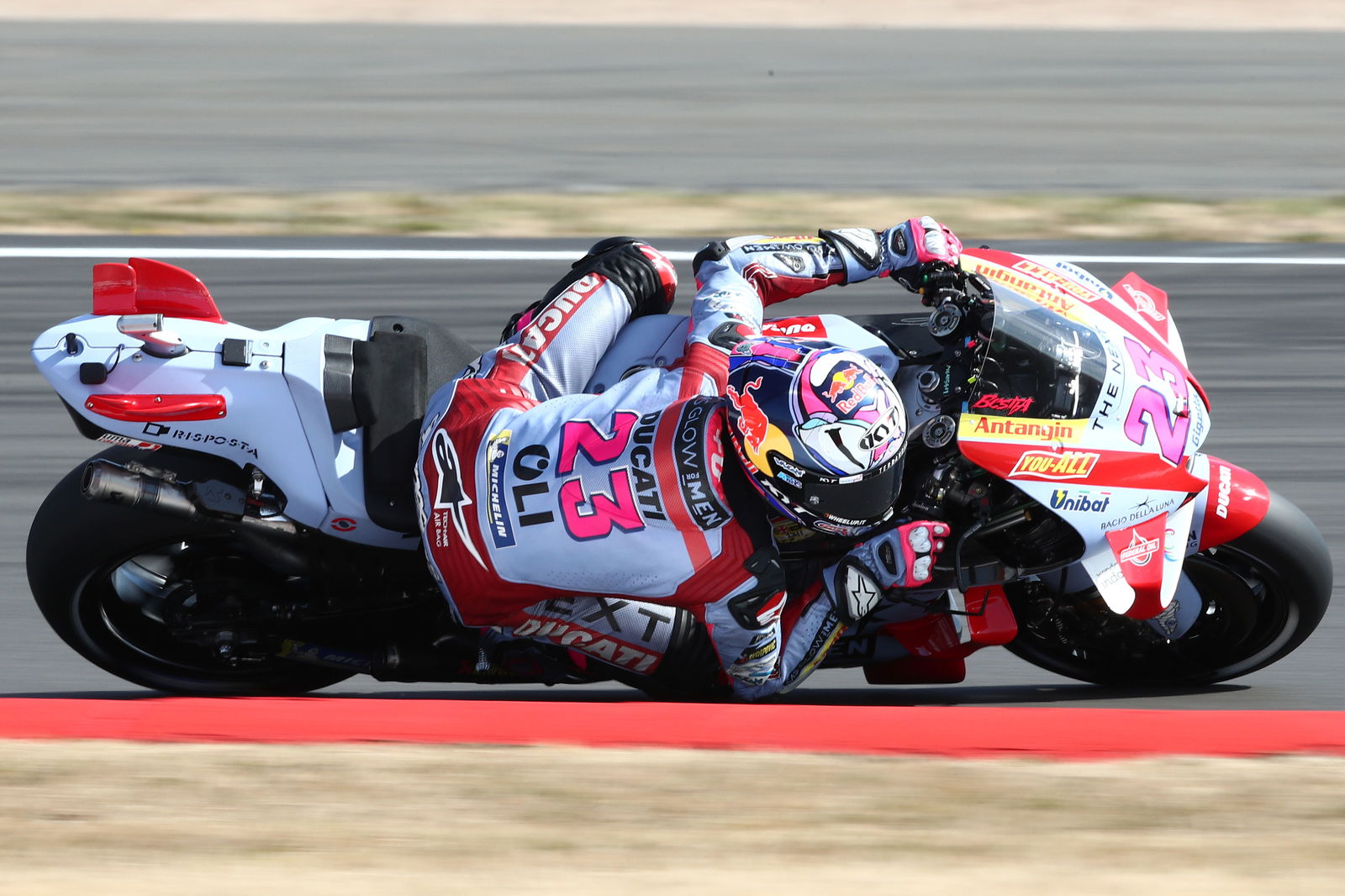
The risks of the Europeans are played currently against the conservatism of the Japanese, who prefer to not take risks, and not test new things at the race track. This was highlighted in Silverstone when Ducati brought a new rear aerodynamics package to the race having not tested it, and Enea Bastianini ended up racing it to fourth place.
“In my opinion,” Dovizioso explained, “the European manufacturers show how good they are now because they work in a different way, especially the structure of the team and behind [the team] is different than the Japanese.”
For the Japanese, of course, they are continuing with the structures and mentality that has won them the vast majority of World Championships since the dawn of the two-stroke 500s, and every Riders’ title since 2008.
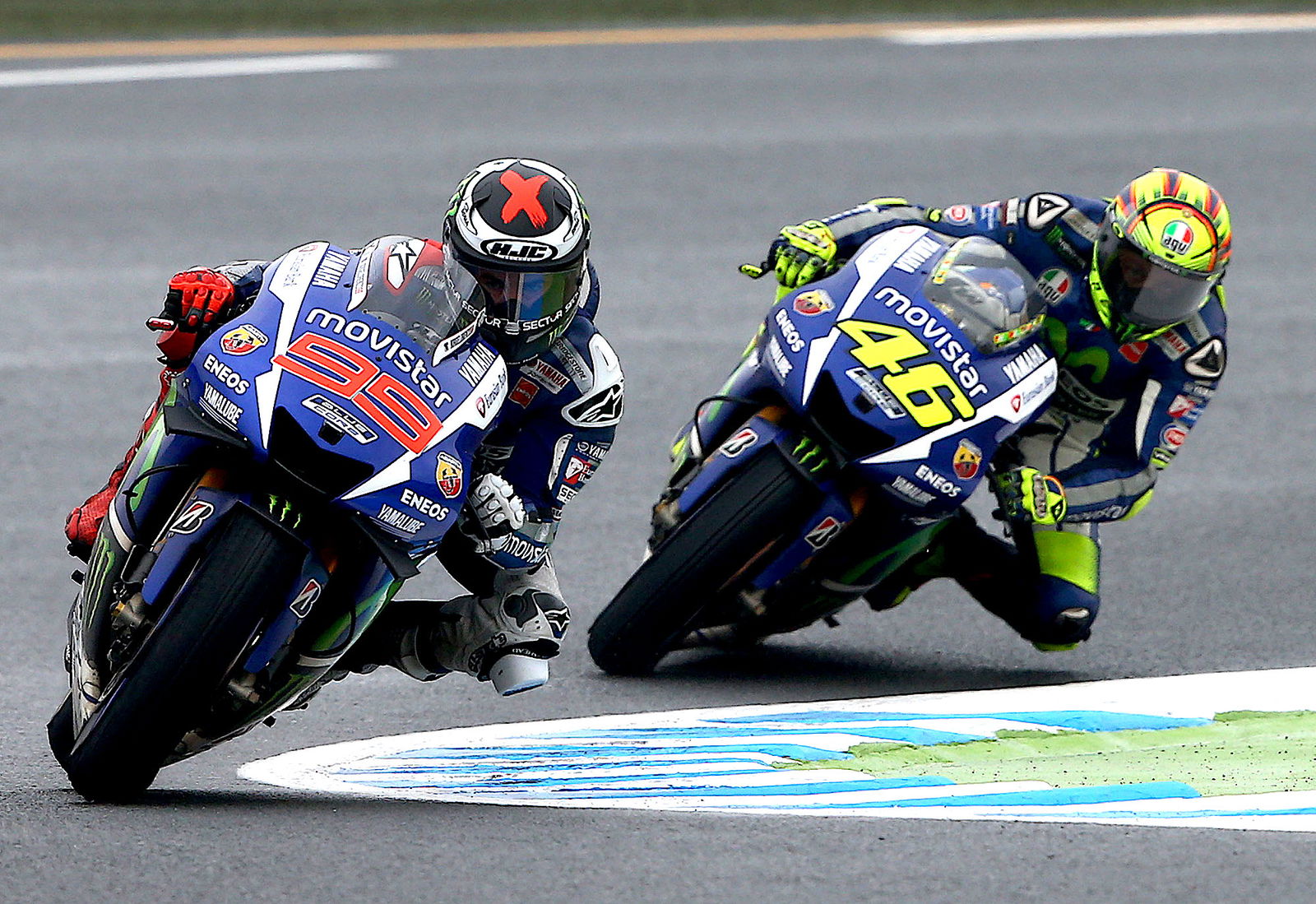
“They won more than everybody in [their] way,” said Dovizioso. “But the reaction of the Japanese is different than the reaction of the European mentality.”
For the Japanese manufacturers, the reaction is slower than the Europeans. This is for a number of reasons, including simply geography. It of course does not take anything special to understand that Japan is quite far away from Europe.
Additionally, there is a reason that Dorna’s talent cups all feed young motorcycle racers into the Spanish-based FIM JuniorGP. The reference point for motorcycle racers is established in Europe. The best young riders come from Spain and Italy, because those two countries spend the most resources on motorcycle racing. Therefore, for North European, British, and Asian kids who want to be a MotoGP rider, they first have to take on the best from Spain and Italy in the European Talent Cup, JuniorGP, and the Euro-centric Red Bull Rookies MotoGP Cup.
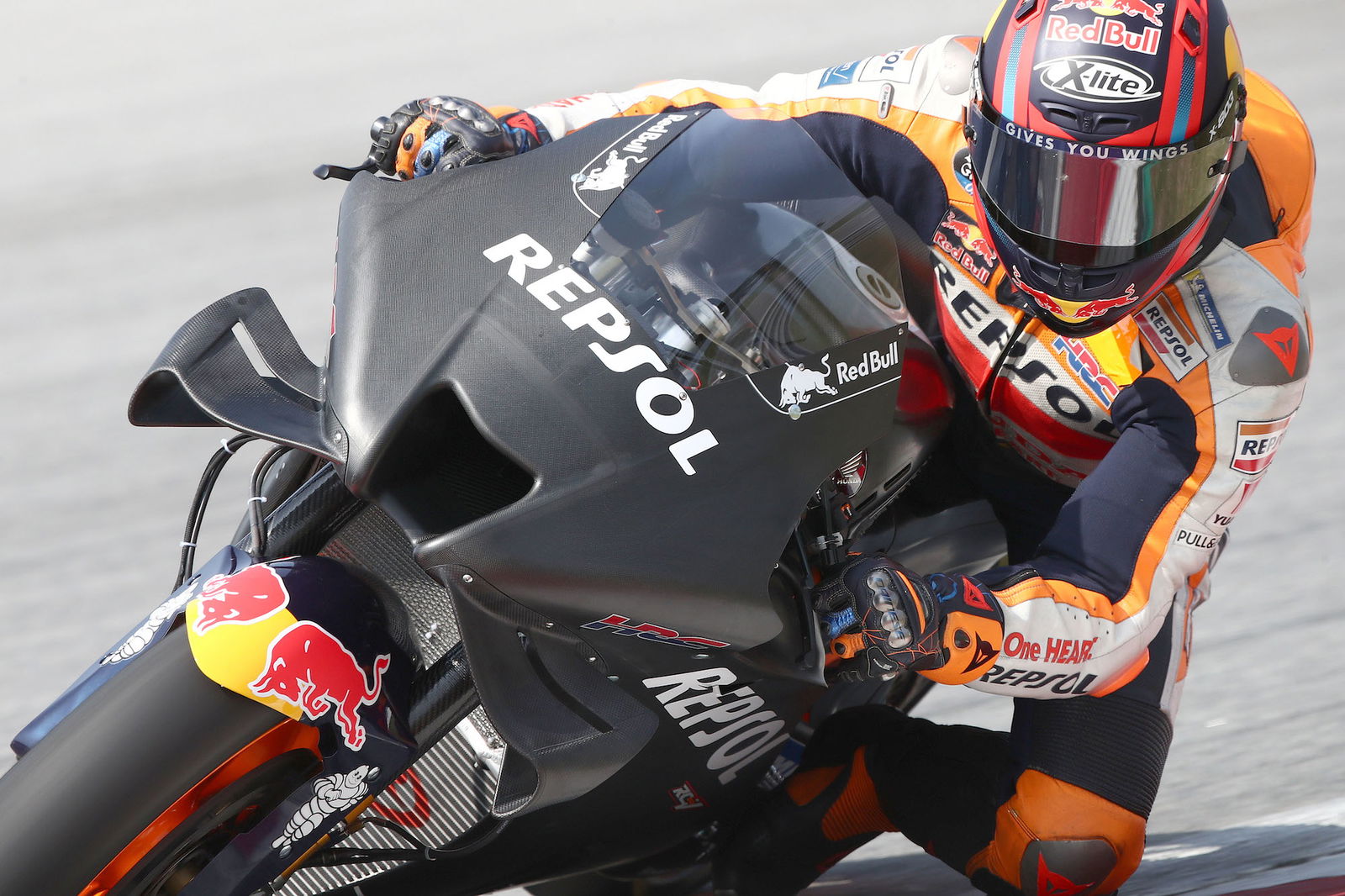
The result is that the best riders are in Europe, and finding a MotoGP-pace rider in Europe is significantly less challenging than finding one in Japan. That is why Yamaha signed 2009 WorldSSP Champion and three-time MotoGP race winner Cal Crutchlow to be its test rider; why HRC signed 2011 Moto2 World Champion Stefan Bradl; and why Suzuki signed 2014 WorldSBK Champion Sylvain Guintoli.
They have speed which is comparable to or better than the likes of Michele Pirro of Ducati; Mika Kallio and Dani Pedrosa of KTM; and Lorenzo Savadori of Aprilia. This is important, but what is more important is being able to use those test riders.
![Japanese MotoGP - TwinRing Motegi [1200, start]](https://cdn.visordown.com/field/image/826045 (1).jpg?width=1600)
This is where the resources comes back into it. In Japan, there are two tracks which could be considered ‘Grand Prix tracks’: Suzuka, which is too dangerous, and Motegi. In Europe, on the other hand, there are all of the tracks currently on the calendar, and more, like Le Castellet in France, for example (though it could do with some gravel).
This means you need to test in Europe. For Ducati and Aprilia, there are both Mugello and Misano to pound round, and for KTM there is the Red Bull Ring.
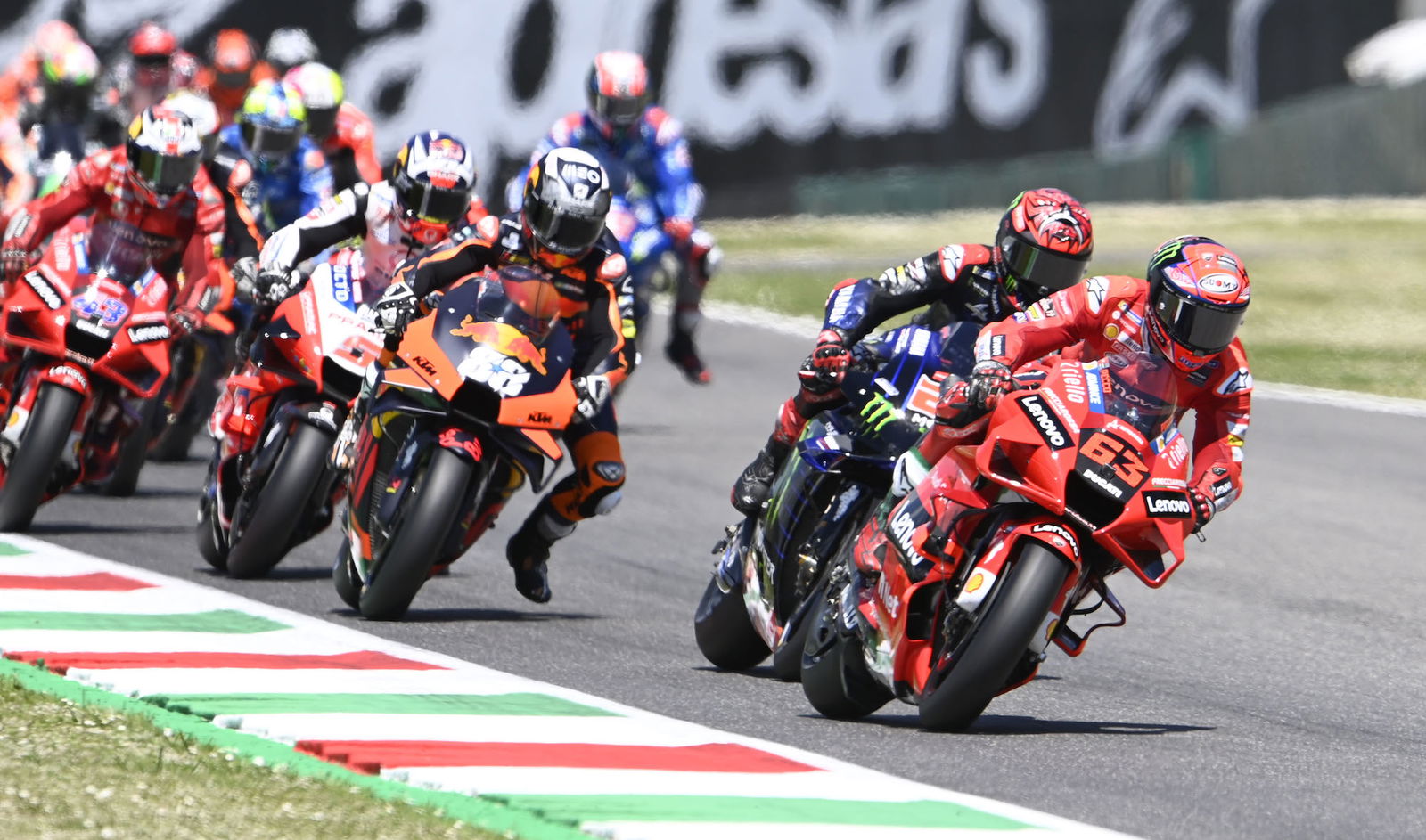
For the Europeans, the same tracks are available, but putting together, funding and supplying that test team required to go and make use of them several times per year is more complicated, and will only get more complicated as the global economy continues to suffer as a result of pandemics and wars.
Over the last six years, the gap deficit to European manufacturers - then just Ducati - suffered to the Japanese has been reversed. They do not yet have the Riders’ titles to show for it, but their dominance over the Japanese is now beyond doubt.
